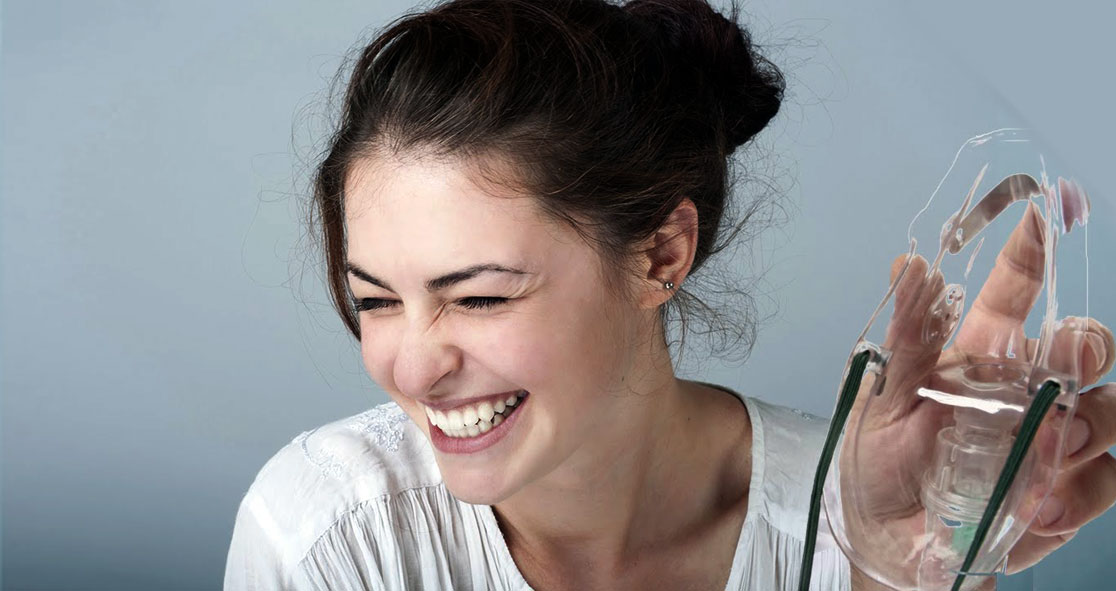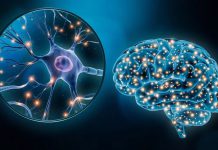Researchers from Washington University School of Medicine in St. Louis and the University of Chicago have found that a single, one-hour treatment with laughing gas, which involves breathing in a mixture of oxygen and nitrous oxide, significantly improved drug-resistant depression, according to Science Daily.
In Phase II clinical trial, the researchers demonstrated that depression symptoms improve rapidly after undergoing treatment with inhaled laughing gas. Plus, the benefits can last for several weeks.
The findings were published Wednesday in the journal Science Translational Medicine.
The study’s senior investigator and psychiatrist Dr. Charles Conway said, “A large percentage of patients don’t respond to standard antidepressant therapies – the patients in this study had failed an average of 4.5 antidepressant trials – and it’s very important to find therapies to help these patients. We saw rapid improvements in many such patients in the study that suggests nitrous oxide may help people with really severe, resistant depression.”
Dr. Conway and the study’s co-senior investigator Dr. Peter Nagele have been studying the potential effects of nitrous oxide on the symptoms of depression for the past decade.
Conventional drugs work on neurotransmitters in the brain, but they take weeks to improve the symptoms of depression. However, laughing gas interacts with different receptors on brain cells and improves symptoms within hours when effective.
Dr. Nagele explained, “Our primary goals in this study were twofold: to determine whether a lower dose of nitrous oxide might be just as effective as doses we’d tested previously — and it was for most patients — and we also wanted to see how long the relief lasted.”
“In a proof-of-concept study several years ago, we assessed patients for 24 hours,” he added. “In this study, we continued to assess them for two weeks, and most continued to feel better.”
“You can’t really get a better comparison group than when you compare a person to himself or herself,” Dr. Nagele continued. “Serving as your own control is ideal. The alternative is studying the effects of a drug in two similar groups of people in which you either get one treatment or another. But the problem with that is that you need much larger numbers of patients before you really can draw conclusions.”
Of 24 patients involved in the study, 17 experienced an improvement in the symptoms of depression with nitrous oxide. However, some of them experience side effects.
“Some patients experience side effects – it’s a small subset, but it’s very real – and the main one is that some people get nauseated,” Dr. Conway explained. “But in our study, only when people got the 50% dose did they experience nausea. When they received 25% nitrous oxide, no one developed nausea. And that lower dose was just about as effective as the higher dose at relieving depression.”
Taking the new findings into consideration, Dr. Conway and Dr. Nagele believe inhaled nitrous oxide can represent a breakthrough for many people with drug-resistant depression.
Dr. Conway said, “One potential advantage to nitrous oxide, compared with ketamine, is that because it’s a volatile gas, its anesthetic effects subside very quickly. It’s similar to what happens in a dentist’s office when people drive themselves home after getting a tooth pulled.”
“After treatment with ketamine, patients need to be observed for two hours following treatment to make sure they are OK, and then they have to get someone else to drive them,” he added. The article was published in Science Daily.























